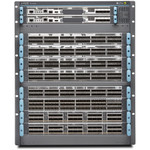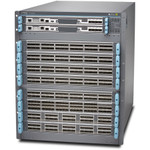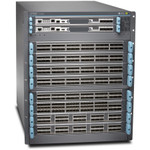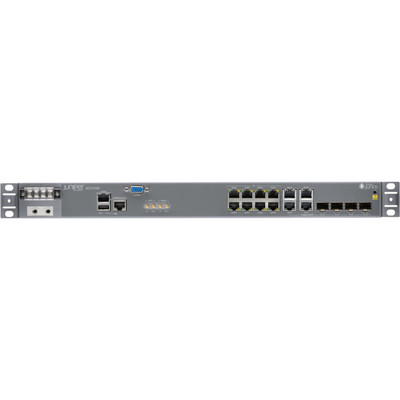Increasingly sophisticated network operators and users seek highly responsive and customizable cloud-like online experiences and services that align with their unique needs and interests, creating more traffic that consumes increasing amounts of network bandwidth.
The demands of the increased network traffic are driving the creation of new core and peering architectures. Cloud routing allows for more centralized, interconnected cores to help operators scale their networks to meet new service-level agreements.
Competing with the ability to rapidly expand capacity is the need to reduce operational costs; providers are under enormous pressure to lower margins and compete with new entrants and disruptors that do not have legacy networks to maintain. There is immense pressure on core and peering routers to simultaneously address:
The demands of the increased network traffic are driving the creation of new core and peering architectures. Cloud routing allows for more centralized, interconnected cores to help operators scale their networks to meet new service-level agreements.
Competing with the ability to rapidly expand capacity is the need to reduce operational costs; providers are under enormous pressure to lower margins and compete with new entrants and disruptors that do not have legacy networks to maintain. There is immense pressure on core and peering routers to simultaneously address:
- Scale: Providers may offer backbone connectivity that requires a large number of label-switched paths (LSPs). If they are using Segment Routing or RSVP to take advantage of the traffic engineering (SR-TE/RSVP-TE) functionality, the control plane signaling path must be able to scale in step with the growth of LSPs. This ability to scale is needed for both the primary and backup paths to support redundancy mechanisms like fast re-route (FRR). Today, the total number needed for backbone connectivity is a few million. This type of scaling challenge will be felt by operators who are trying to diversify their portfolios by adding a broader scope of connectivity options; for example, a data center operator who wants to provide cloud connectivity or VPN services to enterprise customers, or an operator of private line service who wants to add a collocation service to its offering.
- Operational Flexibility: Virtualized services and the explosion of cloud-based applications are creating increasingly erratic traffic patterns. To handle this unpredictability, service providers need architectures that are flexible and dynamic across all layers. Operators today rely on the flexibility and capacity of IP filters to mitigate the impact of increasing denial-of-service (DoS) attacks.
- Investment Protection: Ensuring operators are investing in platforms designed to last has become imperative to leveraging the next generation of ASIC improvements the industry is offering. The risk of packet drops from rip-and-replace strategies to yearly silicon upgrades severely impacts the reliability of future upgrades.
- With the versatile chassis, build a network that suits your needs by installing multiple modules and have more flexibility in expanding your router when required
- With 10GBase-X technology, get up to 10 gbps data transfer rate over supported network cable
- Rack-mountable feature for convenient and safe installation of the router









































